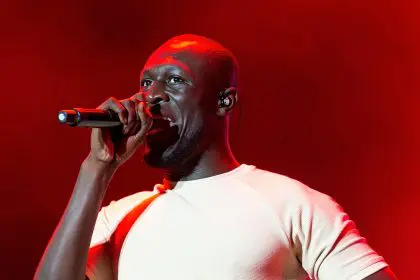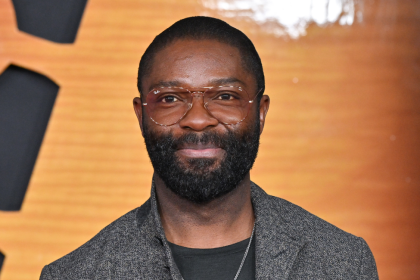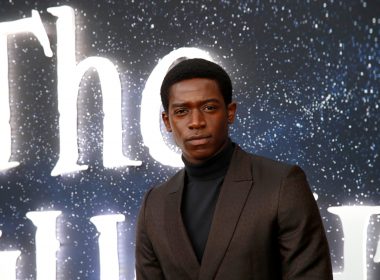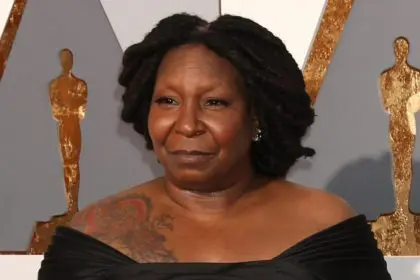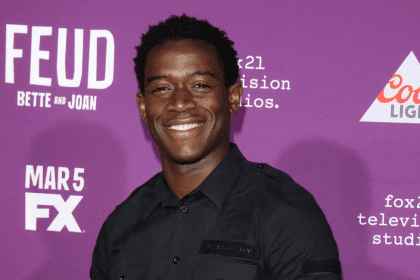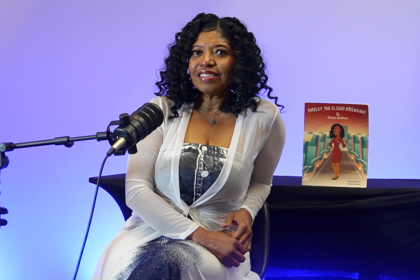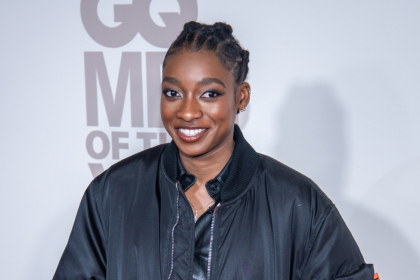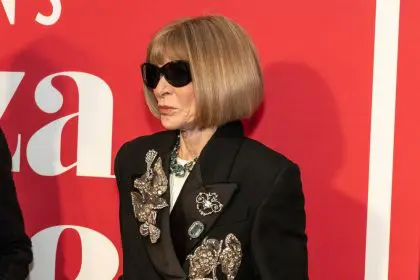An iconic horror franchise rises again with *28 Years Later*, a sequel that threatens to reignite audience terror nearly two decades after the original film’s release.
The first trailer for the film reveals a chilling post-apocalyptic landscape where survivors battle a mutated rage virus. Directed by Danny Boyle and written by Alex Garland, the movie picks up almost three decades after the original outbreak.
The synopsis describes a grim world where survivors inhabit a small island connected to a mainland quarantine zone. When a group member ventures into the mainland, he uncovers shocking mutations affecting both infected and survivors.
Taylor-Johnson appears in the trailer, prowling fields with a bow and arrow, while Comer clutches a child in a moment of desperate survival. Fiennes adds gravitas, appearing in a haunting scene surrounded by human bones.
The film’s soundtrack amplifies the terror, featuring a scratchy 1915 recording of Rudyard Kipling’s poem “Boots” that creates an atmosphere of rising psychological tension. This audio choice mirrors the film’s raw, unsettling aesthetic.
*28 Years Later* represents more than a single film — it launches a planned trilogy exploring the rage virus outbreak. Boyle and Garland shot the entire project using an iPhone 15 Pro Max, maintaining the gritty visual style that defined the original.
The production team includes notable talent. Nia DaCosta, known for *Candyman* and *The Marvels*, is linked to direct the second installment. Murphy, the original film’s star, serves as an executive producer, providing a connective thread to the franchise’s roots.
Visually, the trailer balances nostalgia with horror. A scene featuring Teletubbies on a CRT television provides a jarring contrast to the impending apocalyptic narrative, highlighting the unexpected brutality of the virus’s spread.
The film’s approach suggests a nuanced exploration of survival and human resilience. By setting the story 10,228 days after the initial outbreak, the narrative promises to examine long-term societal collapse and human adaptation.
Fans of the original *28 Days Later* will find familiar themes of survival, mutation, and societal breakdown. The trailer hints at expanded worldbuilding, suggesting the virus has transformed not just human bodies, but potentially the entire ecological landscape.
With its combination of psychological horror and visceral action, *28 Years Later* appears poised to reinvigorate the zombie genre. The film promises to deliver the same pulse-pounding intensity that made its predecessor a landmark in horror cinema.
As anticipation builds, audiences can expect a fresh yet familiar journey into a world where survival means confronting humanity’s darkest potential.
The rage virus concept taps into deep-seated societal anxieties about uncontrolled biological threats. Since the original 28 Days Later premiered in 2002, global pandemics have shifted from apocalyptic fiction to lived experience, giving the franchise renewed relevance.
Boyle’s original film revolutionized the zombie genre by introducing “fast zombies” — infected individuals who moved with terrifying speed and aggression, departing from the slow-moving undead popularized by George Romero. This innovation transformed audience expectations of horror narratives and influenced subsequent films like “World War Z” and “Train to Busan.”
The technological approach to filmmaking — using an iPhone 15 Pro Max — reflects contemporary cinema’s democratization. This method allows for intimate, documentary-style shooting that enhances the narrative’s visceral quality, making the apocalyptic scenario feel disturbingly plausible.
Scholarly film critics have noted the 28 Days Later series as more than mere horror. The franchise explores complex themes of societal breakdown, human nature under extreme stress, and the thin line between civilization and chaos. By setting 28 Years Later decades after the initial outbreak, the filmmakers can explore generational trauma and adaptation


